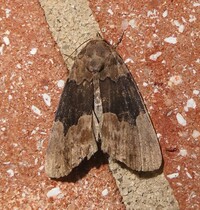
| Recorded by: Simpson Eason on 2025-06-28
Durham Co.
Comment: | 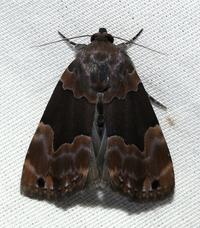
| Recorded by: David George on 2025-06-07
Durham Co.
Comment: |
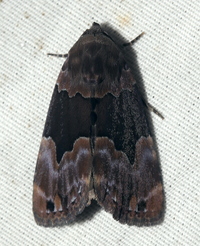
| Recorded by: David George on 2025-06-07
Durham Co.
Comment: | 
| Recorded by: Emily Stanley on 2025-04-19
Buncombe Co.
Comment: |
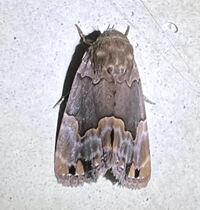
| Recorded by: David George, Stephen Dunn on 2024-01-28
Durham Co.
Comment: overwintering in urban drainage system | 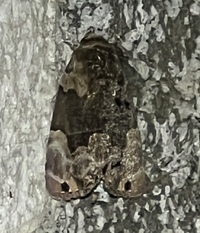
| Recorded by: Stephen Dunn on 2024-01-24
Forsyth Co.
Comment: |
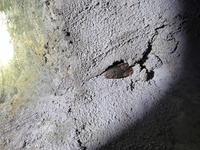
| Recorded by: Stephen Dunn on 2024-01-24
Forsyth Co.
Comment: | 
| Recorded by: Dean Furbish on 2023-07-11
Wake Co.
Comment: |
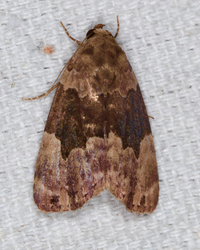
| Recorded by: Jim Petranka on 2023-06-04
Madison Co.
Comment: | 
| Recorded by: Steve Hall, Jim Petranka, and Bo Sullivan on 2022-07-25
Moore Co.
Comment: |
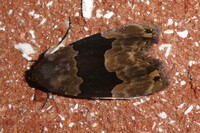
| Recorded by: Simpson Eason on 2022-07-13
Durham Co.
Comment: | 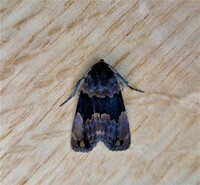
| Recorded by: Gary Maness on 2022-07-12
Guilford Co.
Comment: |

| Recorded by: Dean Furbish and Joy Wiggins on 2022-04-12
Wake Co.
Comment: | 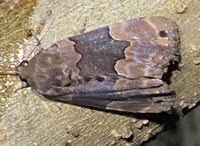
| Recorded by: David George, L. M. Carlson on 2021-09-10
Orange Co.
Comment: |
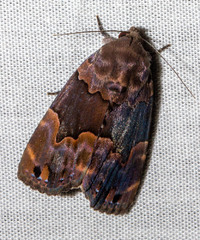
| Recorded by: Stephen Hall on 2021-08-10
Orange Co.
Comment: | 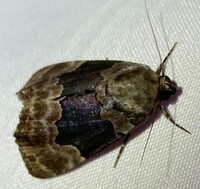
| Recorded by: Dean Furbish on 2021-06-15
Wake Co.
Comment: |
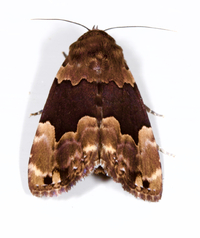
| Recorded by: Jim Petranka on 2021-04-27
Madison Co.
Comment: | 
| Recorded by: Gary Maness on 2021-04-08
Guilford Co.
Comment: |
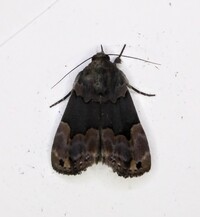
| Recorded by: Gary Maness on 2020-11-10
Guilford Co.
Comment: | 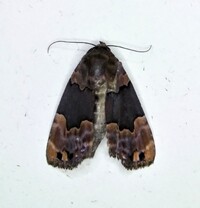
| Recorded by: Gary Maness on 2020-09-10
Guilford Co.
Comment: |
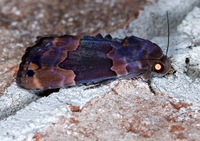
| Recorded by: Jim Petranka and Becky Elkin on 2020-09-09
Madison Co.
Comment: | 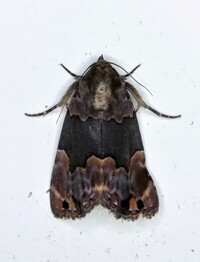
| Recorded by: Gary Maness on 2020-08-21
Guilford Co.
Comment: |
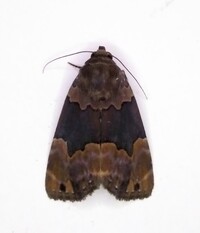
| Recorded by: Gary Maness on 2020-08-12
Guilford Co.
Comment: | 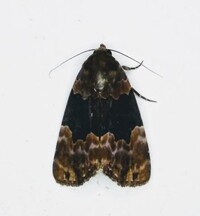
| Recorded by: Gary Maness on 2020-07-26
Guilford Co.
Comment: |
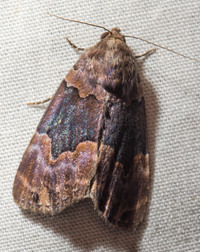
| Recorded by: Steve Hall on 2020-07-25
Orange Co.
Comment: | 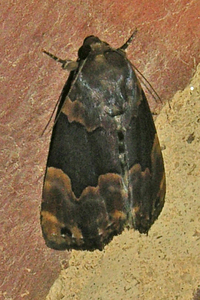
| Recorded by: Owen McConnell on 2020-07-25
Durham Co.
Comment: |

| Recorded by: Gary Maness on 2020-07-11
Guilford Co.
Comment: | 
| Recorded by: Gary Maness on 2020-07-10
Guilford Co.
Comment: |
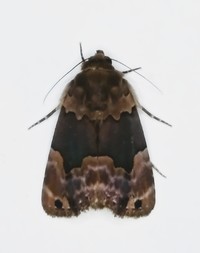
| Recorded by: Gary Maness on 2020-03-27
Guilford Co.
Comment: | 
| Recorded by: Gary Maness on 2020-03-27
Guilford Co.
Comment: |
|

 »
»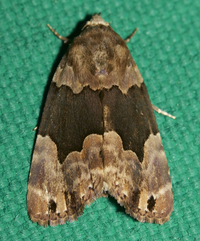
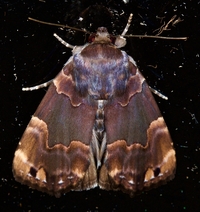


 »
»

